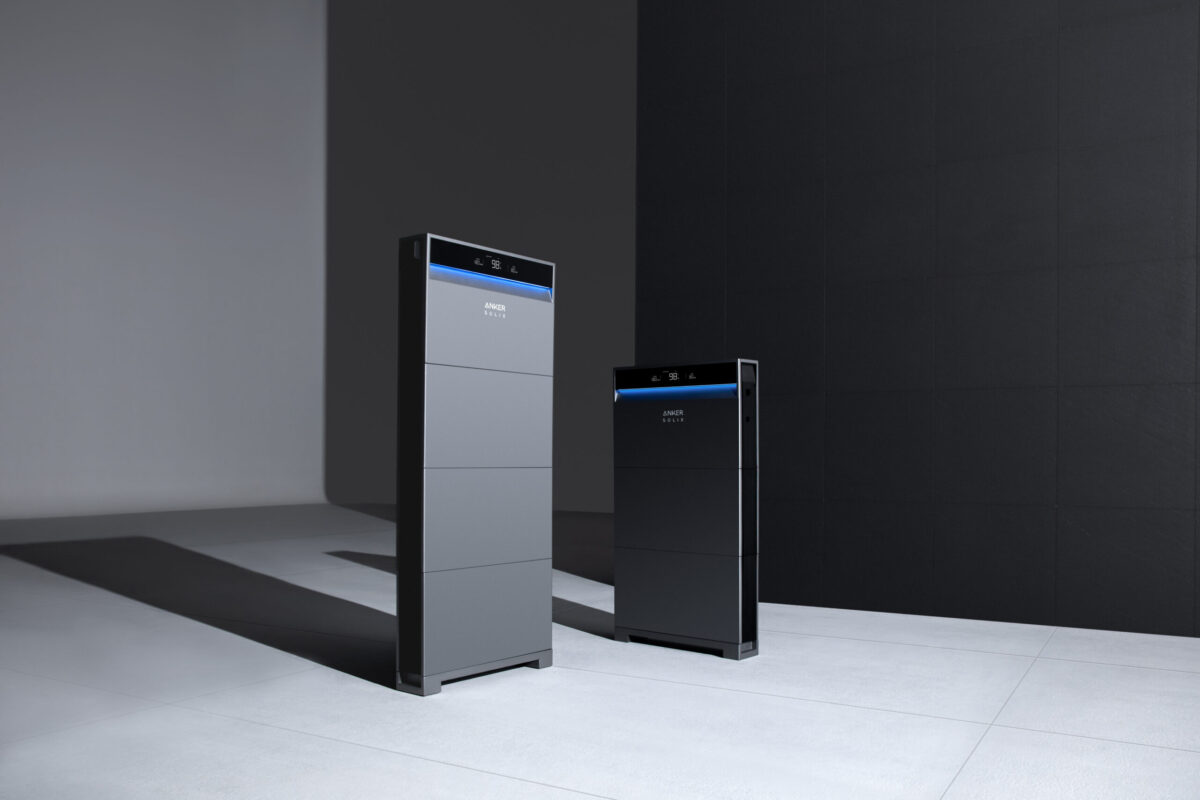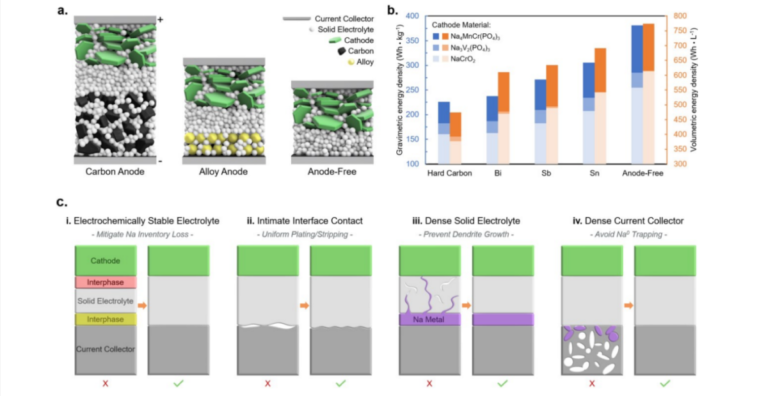Image: Energy Storage and Conversion Laboratory, UC San Diego
From pv magazine ESS news place
In what is being described as the world’s first, researchers at the University of California, San Diego have managed to devise design principles to enable an anode-free all-solid-state battery.
“While there have been previous sodium-, solid-state, and anode-free batteries, no one has yet been able to successfully combine these three ideas,” says UC San Diego doctoral candidate Grayson Deysher, first author of a new paper that the teamwork.
To create a sodium battery, which is said to have an energy density comparable to lithium-ion batteries, the research team had to come up with a new architecture for sodium batteries.
An anode-free battery design was chosen, where the anode is removed and the ions are stored directly on the current collector during electrochemical deposition of alkali metal. Eliminating the anode allows for lower weight and volume, higher cell voltage, lower cell cost, and higher energy density, but comes with its own challenges.
“In any anode-free battery, there must be good contact between the electrolyte and the current collector,” Deysher said. “When using a liquid electrolyte, this is usually very easy because the liquid can flow anywhere and wet any surface. A solid electrolyte cannot do this.”
However, the liquid electrolytes create a buildup called solid electrolyte interphase as they steadily consume the active materials, shortening battery life.
To read further, visit our new ESS news website.
This content is copyrighted and may not be reused. If you would like to collaborate with us and reuse some of our content, please contact: editors@pv-magazine.com.
Popular content



